Perfect Pitch
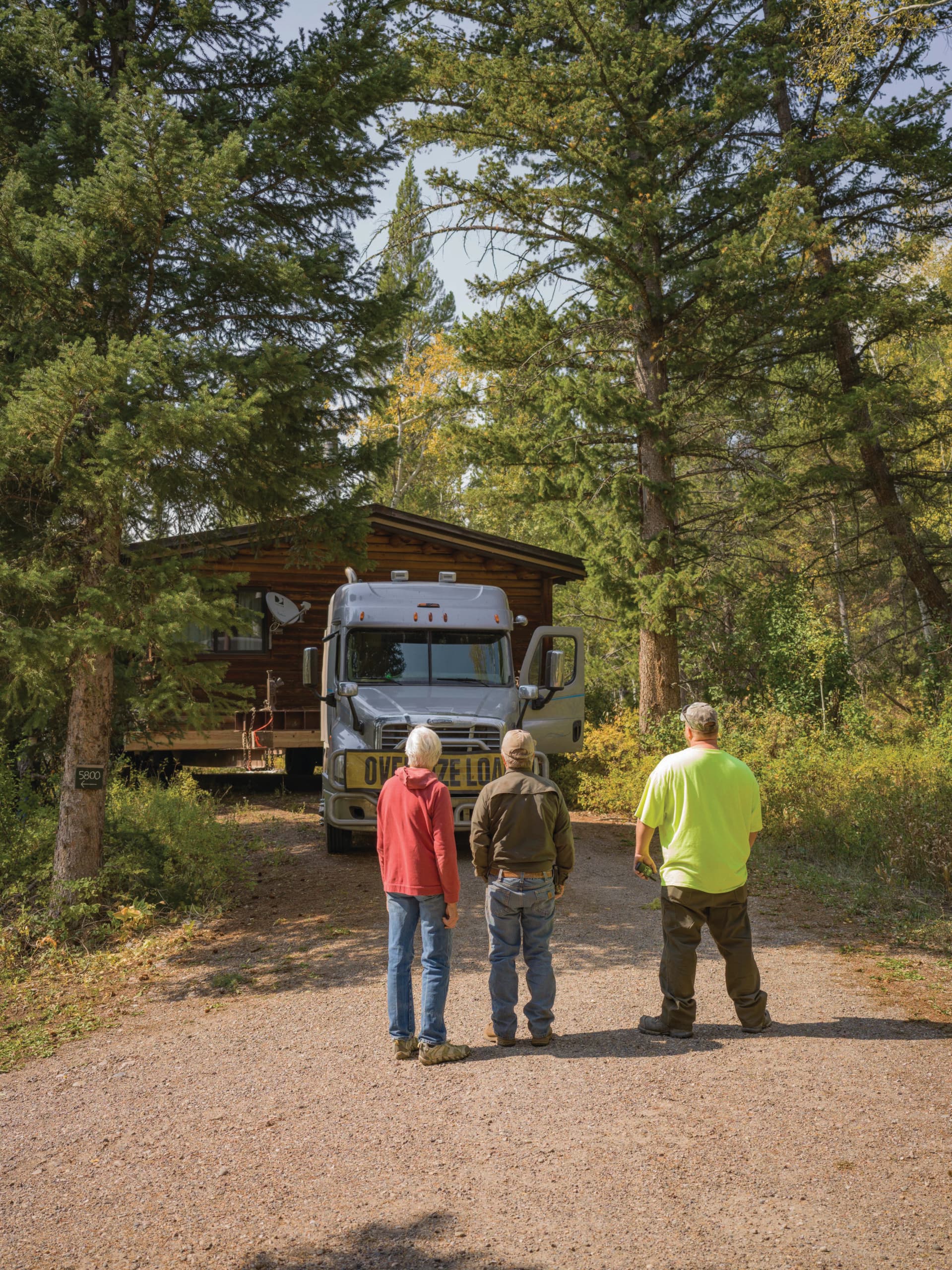
Staging a house move is just another day on the job for Vern Woolstenhulme
Vern Woolstenhulme says moving houses is like conducting an orchestra. “There are all these moving parts,” he says. “You have to deal with the phone company, the electric company. You have to call all the utilities, as well as town and county law enforcement.”
If you are moving a house from Wyoming to Idaho, that means law enforcement in both states.
“When you come up through Swan Valley, there are thirty-three power lines that have to be lifted in order for a house to pass under,” he says.
To Vern, the involved process is worth the effort to keep perfectly good, reusable materials out of the landfill. He sees such waste as a “sacrilege” that runs counter to his family’s history. Among Teton Valley’s earliest homesteaders, they took pride in their ability to innovate and make do with very little.
Vern’s family company, Victor-based Teton Transport, has been moving stuff—houses, freight, heavy machinery, farm equipment, and hay—for eighty years, and, he says, no two jobs are ever quite the same. But Vern and his crew like the challenge of figuring things out. That’s what keeps their work interesting.
The Woolstenhulmes are well established in Teton Valley. Vern’s grandmother, Lizzie, was born in 1888 during a blizzard in a trapper’s cabin near Darby where they sheltered out that storm.
Lizzie lived to be a hundred and one, long enough to be a big part of her grandson’s life. He remembers her as always busy: working in a restaurant, raising chickens, tending her garden, gathering watercress in streams for the first greens of the year after months without, and canning food for the winter—not to mention raising her children (she had eight, though three died young).
Vern’s grandfather (his grandparents divorced before he was born) was also versatile in his vocational pursuits. Among his many occupations was operating a livery business. He hauled freight over Teton Pass from the railroad terminus in Victor to Jackson. In the winter, his team used horse-drawn sleighs to pull the loads. They’d stop at the top of the pass and cut down a tree to use as a brake for the steep descent. Vern says these were the kinds of stories he grew up on, and he thinks that’s part of the reason the idea of moving big things has never intimidated him.
Vern’s father turned his ingenuity into a lucrative career working on tunnels. Using blasting skills he acquired at the old limestone quarry in the mouth of Fox Creek canyon, he landed a highly coveted Depression Era job on the Hoover Dam. His son says he remembers his father saying there were thousands of men lined up trying to secure work, but his familiarity with dynamite made him useful, and he became a tunnel specialist on that job. He spent fifty years working in tunnels around the world, including stints in New Zealand and all over the United States, including Alaska.
“Whenever someone got in trouble with a tunnel—when there was a disaster or cave in—my father said the guys with the degrees would call him,” Vern says. “I helped on one project in Chicago. I was eighteen, but looked fifteen, so Dad had me work from 7pm until 7am so the boss wouldn’t see me.
“The engineers would have no idea what was going on, but Dad would be in the ground looking. He could see things the engineers couldn’t see.”
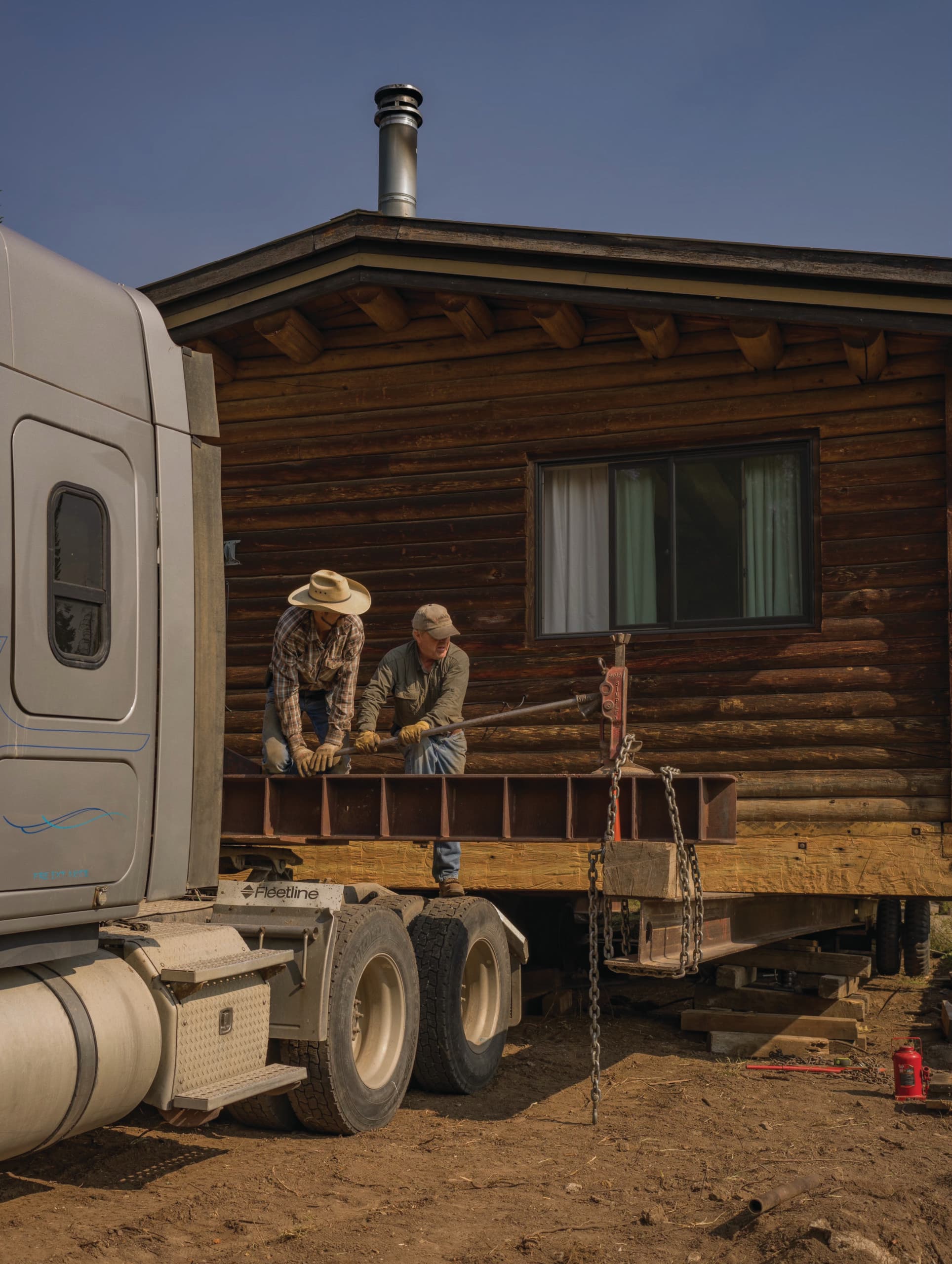
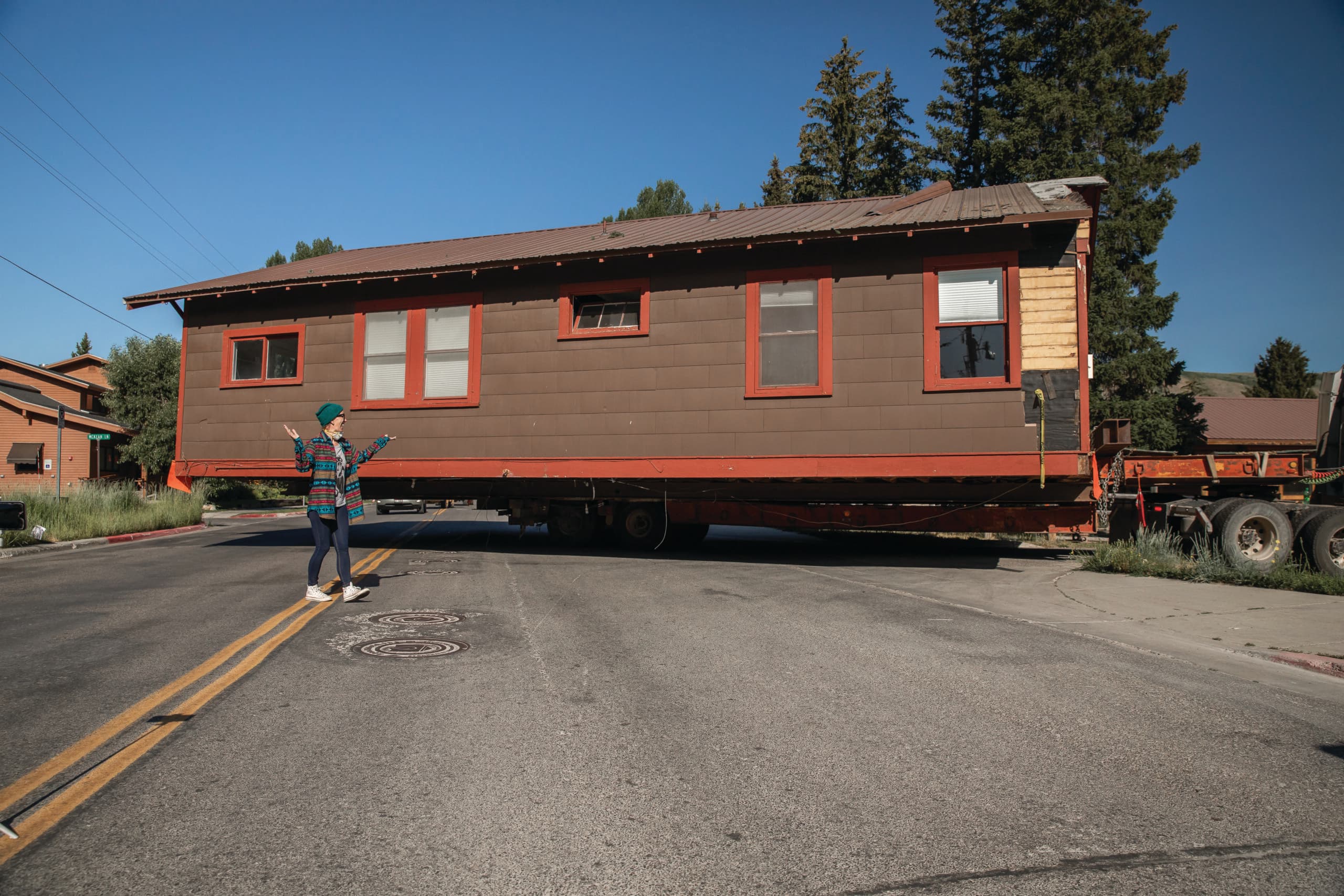


The young Vern inherited the ability to figure things out on the fly. It’s a skill that comes in handy when he goes to move a house—just one of the many occupations he pursues.
His various money-making ventures include raising hay and wheat, building houses, plowing subdivisions, installing septic systems, hauling freight, and doing excavation work all over the West. But these days, he says, moving houses is taking up more and more of his time.
“I’ve probably moved ninety to one-hundred structures over the past ten years,” Vern says. “My family got into it in the forties after my father bought a bunch of construction equipment from the oil fields. When someone in the valley needed a house moved, we’d lift it up with railroad jacks, roll logs underneath it, and skid it over the snow.”
Demand for that kind of work grew, and Vern invested in more specialized equipment to make things easier and allow him to work year-round. He says he can move houses that weigh as much as fifty to sixty pounds per square foot and average 240,000 pounds. He moved six houses over Teton Pass before the 60,000-pound weight limit was implemented. In fact, he says, he prefers Teton Pass over Pine Creek Pass because the road is wider, and he wishes there were no weight restrictions limiting access. Steepness doesn’t matter if you have the right rig, he says.
Vern’s biggest client these days is the Jackson nonprofit Shacks on Racks. Started by Esther Judge Lennox in 2017, Shacks on Racks came about almost by accident. Esther and her husband, Philip Lennox, were nearing the end of what she described as a “really hard winter build” for their home in Teton County, Wyoming, when they learned their contractor’s next job was a house demolition.
“We couldn’t wrap our heads around how hard it was for us to build this square box that was our new home when there were houses going to the trash,” Esther says.
“I grew up in Jackson. I remember walking past properties and suddenly the home wasn’t there anymore,” she says. “I had connected they were going in the trash. I don’t think we as a community have connected where these places are going.”
Esther and her husband ended up relocating that proposed demolition onto their property—an idea she says had its seeds in watching a mansion be relocated from Ted Turner’s ranch in Dillon, Montana, to the University of Montana Western’s campus in 1998. This experience sparked her crusade to move rather than demolish homes as a way not only to conserve resources and preserve historic structures, but also to provide affordable housing. The medium listing price for a home in Jackson Hole was $2.7 million in December 2022, and the cheapest listing available that month was a 608-square-foot, attached, one-bedroom unit priced at $650,000. In Teton Valley, although not as steep, an increase in home prices is sending hopeful homeowners to look for more creative routes as well, like relocating a home from Jackson. Moving a home, although not cheap, can be done for far less than the cost to build or buy on either side of the Tetons, according to Esther.
Vern, whose personal frugality and inventiveness align with the Shacks on Racks mission to prevent waste, provide housing, and save historic structures, has become the nonprofit’s go-to home mover.
“Vern has truly been such a mentor,” Esther says. “We show up to houses together, and we figure out how to do it. There’s no handbook. It takes people who are willing to be inventive, and Vern is one of those.
“All the Woolstenhulmes show up with a lightness in their attitude that makes a world of difference,” she says. “I find everything stressful. We never have enough time. We never have enough help. But Vern’s internal vibe radiates the exact opposite, which is a breath of fresh air under stressful circumstances.”
Katie Knipe Blakeslee is one of the recipients of a Shacks on Racks home. She bought property in Teton Valley in 2016, but the skyrocketing cost of building quickly made it apparent that her budget was inadequate for new construction. Then an associate told her about Shacks on Racks. She checked out the website and found “the perfect little house.”
Vern’s team moved that perfect house from Jackson to Teton Valley last summer, providing Katie and her husband, Matt, with a new home for a third of what it would have cost to build one from scratch.
To further cut costs, Katie says, the process was a team effort. She crawled around raspberry bushes in the winter to take measurements and save on engineering fees. She and Esther, as well as Vern’s family, were part of the caravan escorting the house—a 1,000-square-foot structure, plus a 600-square-foot garage, that was cut into three pieces for the move—as it made its journey down the Snake River to Alpine, along Palisades Reservoir to Swan Valley, and then over Pine Creek Pass.
“At one point we were coming up to a blind corner along Palisades Reservoir,” Katie says. “There were guard rails on both sides, and no room to pass. This big gasoline truck going downhill way too fast comes barreling around the corner barely in control. Obviously, the driver had totally ignored all our warning signs and escort cars.
“I was in one of the following cars, and I felt like I had to duck. I was sure the gasoline truck was going to hit the house and explode. Vern just said something funny over the radio like, ‘Well, that was close.’”
Vern’s unflappability is an important trait in a field that requires both precision and power. He approaches every project with a fresh perspective, assessing the best way to segment, lift, load, move, and unload each unique structure. Katie says she was amazed at the process.
“On the one hand, I watched as they were literally moving the house one inch at a time in either direction to get it centered on the foundation walls that are only around four or five inches wide,” she says. “At the same time, they had to put huge beams in the house and push it with a giant machine to get the house onto the trailer.
“My impression is that Vern is a pretty chill, can-do guy doing some pretty complex, stressful things.”
Indeed, the right rhythm and tempo can result in harmony on the move.
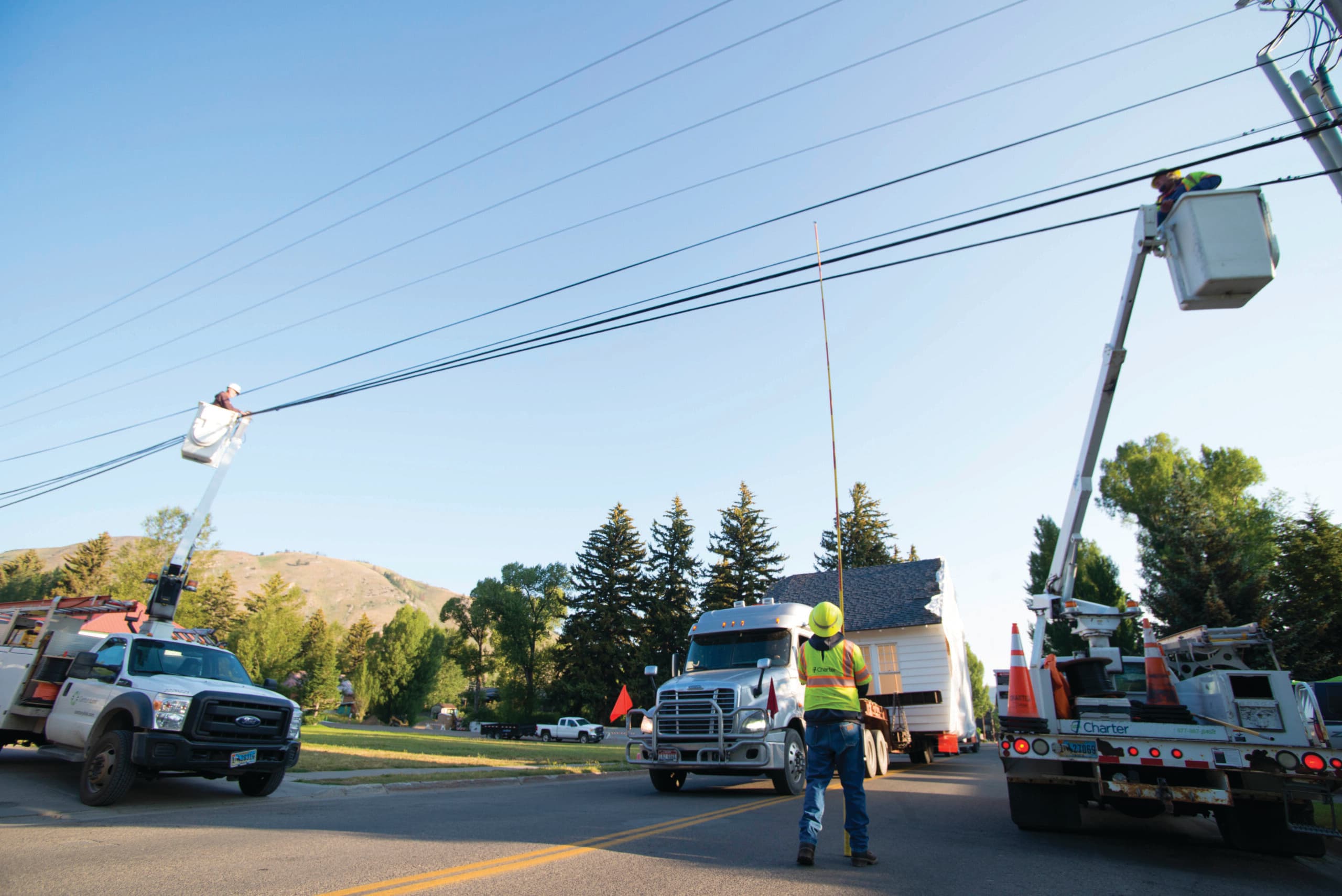
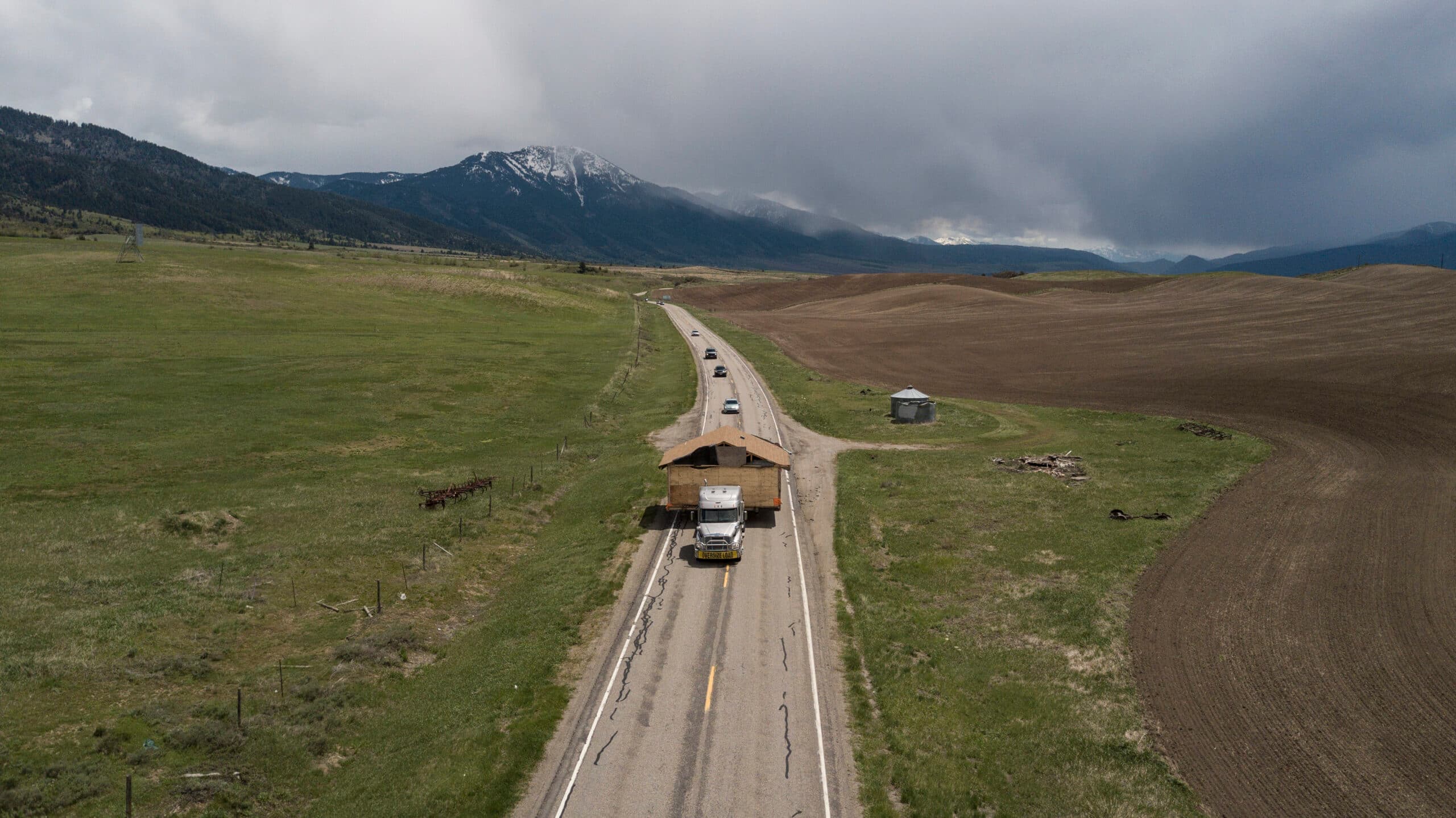
Shacks on Racks moves the home at 330 E. Hansen Ave. from Jackson, Wyoming, to Victor, Idaho, on Tuesday, May 24, 2022.
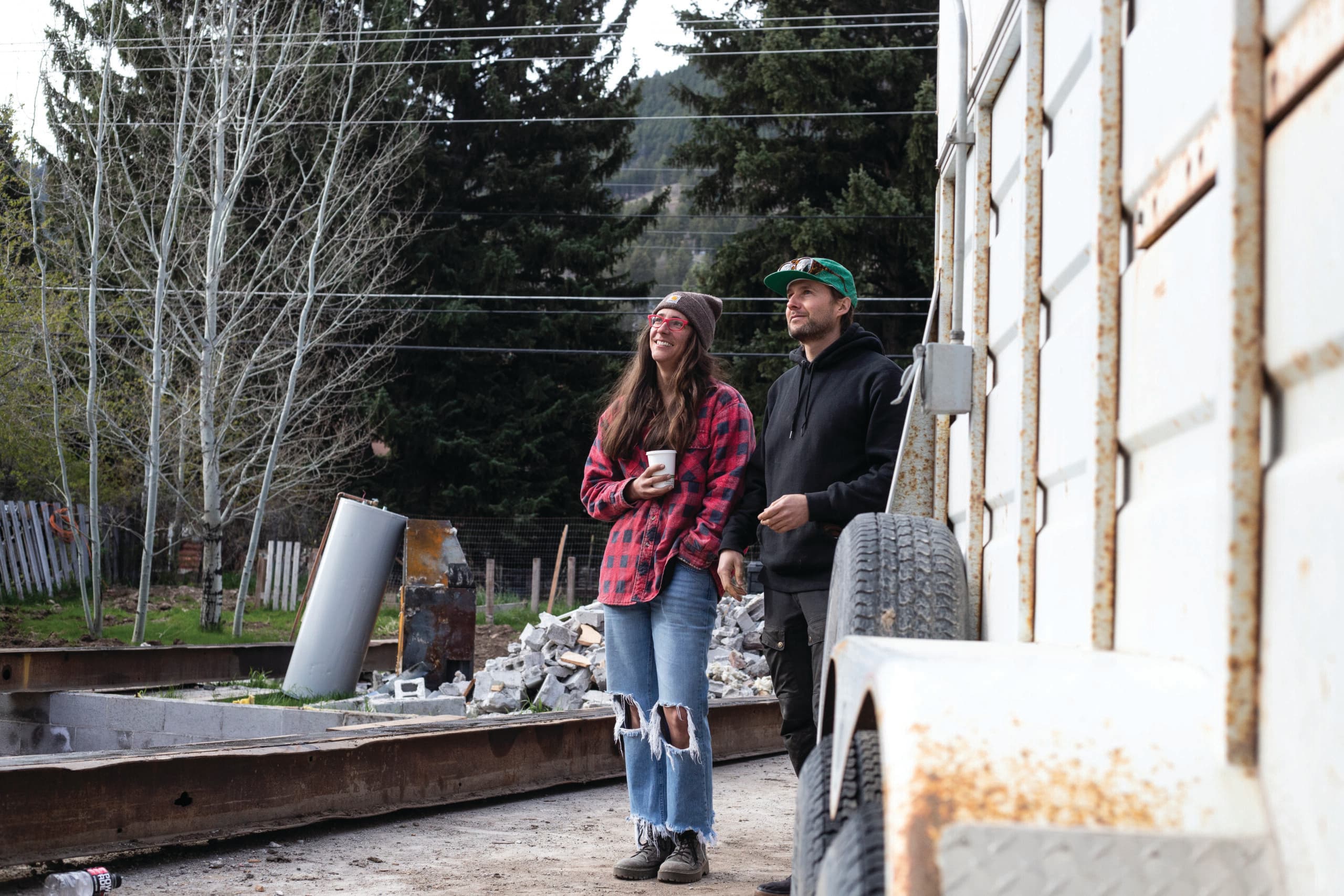
Shacks on Racks moves the home at 330 E. Hansen Ave. from Jackson, Wyoming, to Victor, Idaho, on Tuesday, May 24, 2022.




